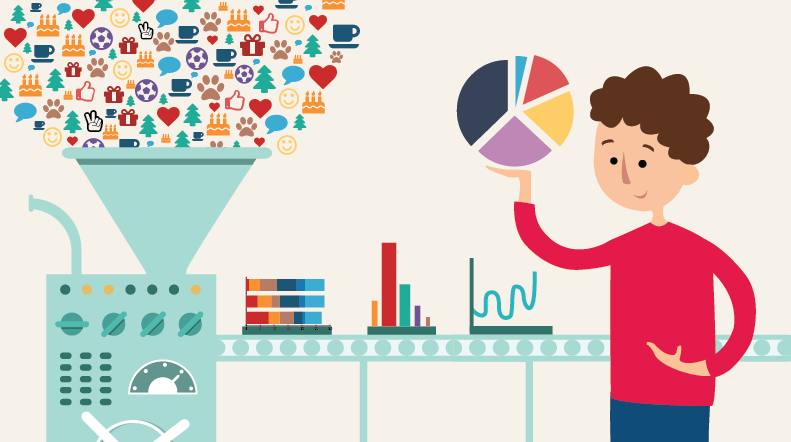
Data Cleaning in Python vs. Data Quality Tools: Key Takeaways and Long-term Implications
When managing data, the quality of the data has paramount importance. It affects the accuracy of analytics, integrity of reports, and crucially, the effectiveness of decision-making. Two of the most commonly used approaches for data management include data cleaning through Python programming and using dedicated data quality tools. Evaluating their advantages and disadvantages has major implications for both the short-term and long-term management of data.
Advantages and Disadvantages of Python for Data Cleaning
Python, an extremely powerful and versatile programming language, has proven to be incredibly useful for data cleaning. One of its biggest advantages is its flexibility. With Python, data can be manipulated and cleansed exactly as needed, provided you have the necessary expertise in code writing. It is ideal for complex or unique data cleaning tasks.
However, Python has its drawbacks. The biggest obstacle might be its requirement for firm programming skills. Not everyone working with data has the knowledge or time to learn Python in-depth. Also, it can be slow and inefficient to manually write code for each individual data cleaning task, especially for large datasets.
Pros and Cons of Dedicated Data Quality Tools
Dedicated data quality tools such as Trifacta and Talend, on the other hand, can provide a more user-friendly means of maintaining data integrity. These tools come with pre-set cleaning methods and various automation features that not only simplify the cleaning process but also significantly quicken it.
However, these tools can be costly, and they often lack the raw flexibility that Python provides. Data quality tools are best suited for standardised and recurring data cleaning tasks, with less capability for customisation for unique needs.
Future Directions
As big data trends continue to evolve, there will be an increased need for robust, efficient, and accessible data cleaning strategies. There’s potential for the further development and sophistication of dedicated data quality tools with more advanced automation and customisation features. Python will remain an important resource for its raw versatility and power.
Actionable Advice
Choosing the right approach for your data management depends on your specific requirements, budget, and staff expertise. If your environment requires bespoke data cleansing activities and you have skilled programmers in your team, Python could be the ideal solution.
On the other hand, if time is a crucial factor, or if your data cleaning needs are fairly standardised, investing in a dedicated data quality tool might be the way forward. A middle ground could also be a viable option for some, aiming for a mix of Python and data quality tools, adjusting the balance as needed based on your evolving data management needs.
The focus should be on maintaining the integrity and usability of the data at all times. It is essential to continually reassess your data cleaning strategies to ensure they stay effective in the evolving big data landscape.
